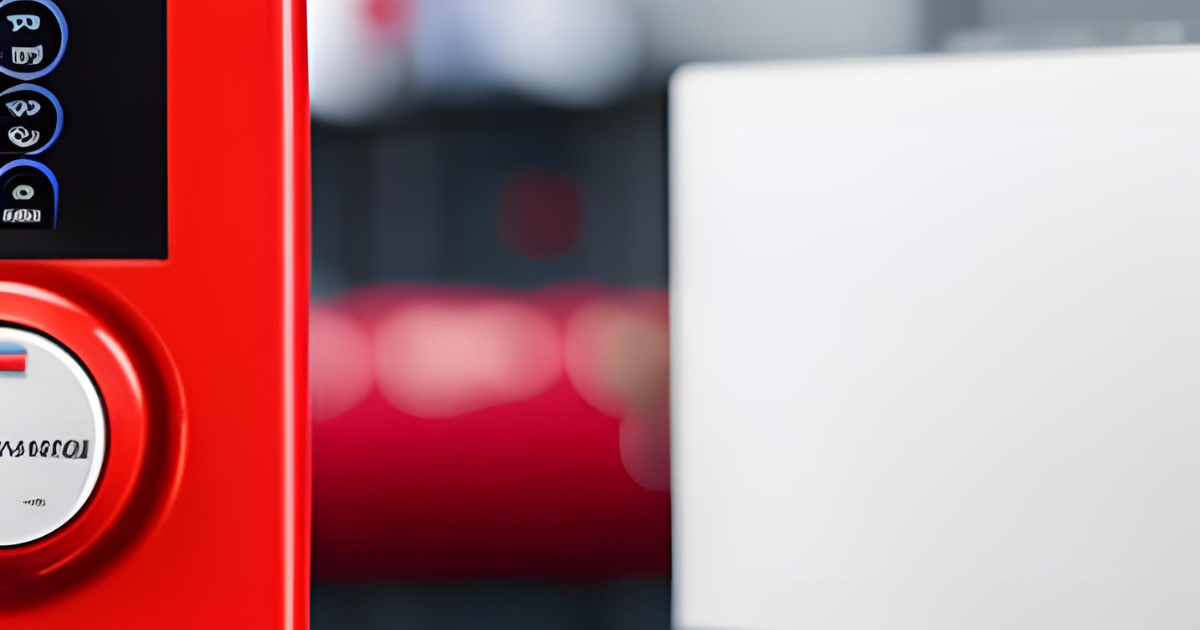"BLOG"
The Latest Innovations in Fire Alarm System: Enhancing Safety and Efficiency

1. Advanced Detection Technologies
Traditional Fire Alarm System relied primarily on smoke detectors to sense the presence of smoke or heat. While these detectors remain essential, recent innovations have introduced advanced detection technologies for more accurate and faster fire detection. Examples include:
a. Multi-Sensor Detectors: These detectors combine multiple senso0rs, such as smoke, heat, and carbon monoxide detectors, into a single unit. They use sophisticated algorithms to analyze data from different sensors, providing more reliable and comprehensive fire detection.
b. Video Smoke Detection: Utilizing video analytics, this technology detects smoke patterns or changes in the environment through video cameras. It can identify smoke in challenging areas or spaces with high ceilings, allowing for early fire detection.
c. Air Sampling Smoke Detection: This system continuously samples air from the protected area and analyzes it for the presence of smoke particles. It provides early warning by detecting smoke at its incipient stage, even before it becomes visible.
2. Wireless technology has revolutionized many industries, and fire alarm systems are no exception. Wireless fire alarm systems offer several advantages, including:
a. Flexibility: Wireless systems eliminate the need for extensive cabling, making them easier to install and modify as needed. They are particularly beneficial for retrofitting existing buildings or spaces where running wires is challenging.
b. Scalability: Wireless systems can easily accommodate expansions or changes in building layouts. Additional devices can be added without the need for extensive rewiring.
c. Improved Communication: Networked Fire Alarm System allow for seamless communication between multiple devices and control panels. This enables centralized monitoring, management, and control of the system, providing real-time updates and alerts.
3. Intelligent and Addressable Systems
Intelligent and addressable Fire Alarm System offer advanced features and enhanced functionality. These systems provide precise information about the location of the fire or fault, allowing for faster response and minimizing false alarms. Key features include:
a. Addressable Devices: Each device in the system, such as detectors, control panels, and notification devices, has a unique address. This enables precise identification of the device's location and status, simplifying maintenance and troubleshooting.
b. Advanced Control Panels: Intelligent control panels offer advanced features, including graphical user interfaces, touchscreens, and intuitive controls. They provide real-time monitoring, event logging, and remote access capabilities for efficient system management.
c. Integration Capabilities: Intelligent Fire Alarm System can integrate with other building management systems, such as HVAC, access control, or security systems. This integration allows for coordinated responses during emergencies, enhancing overall safety and efficiency.
4. Voice Evacuation and Mass Notification
In emergency situations, clear communication and effective evacuation procedures are crucial. Voice evacuation systems enhance traditional alarm sounds by providing clear and intelligible voice instructions. These systems can be integrated with the Fire Alarm System to deliver customized messages to specific areas or zones within a building. Additionally, modern fire alarm systems also support mass notification capabilities, enabling the dissemination of critical information to a large number of people quickly.
time is considered the most effective system. There is no point in installing a system that does not trigger an alarm right on time. Occupants may have to take safety measures and reach a safe point. This is only possible if they are notified on time.










